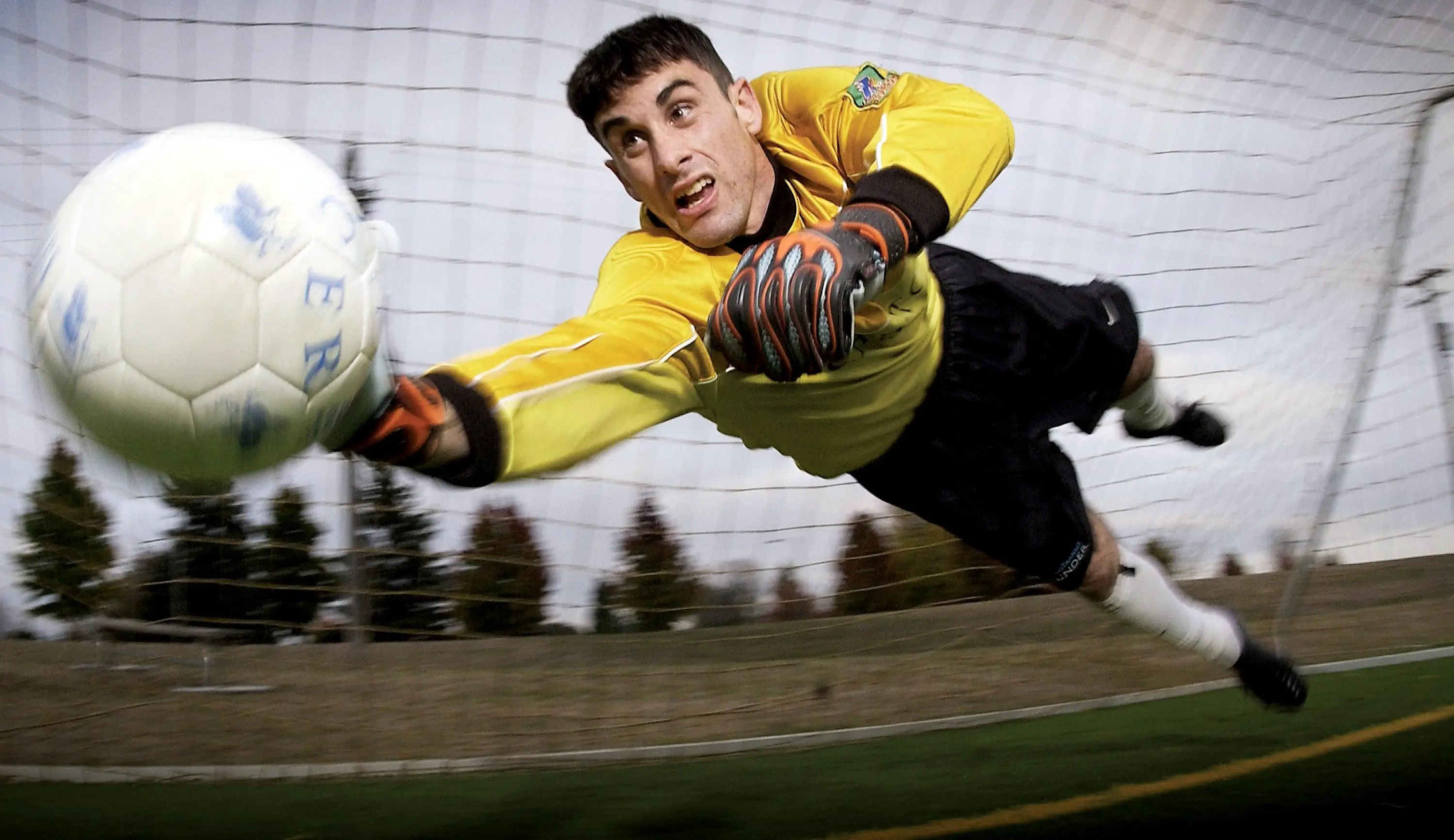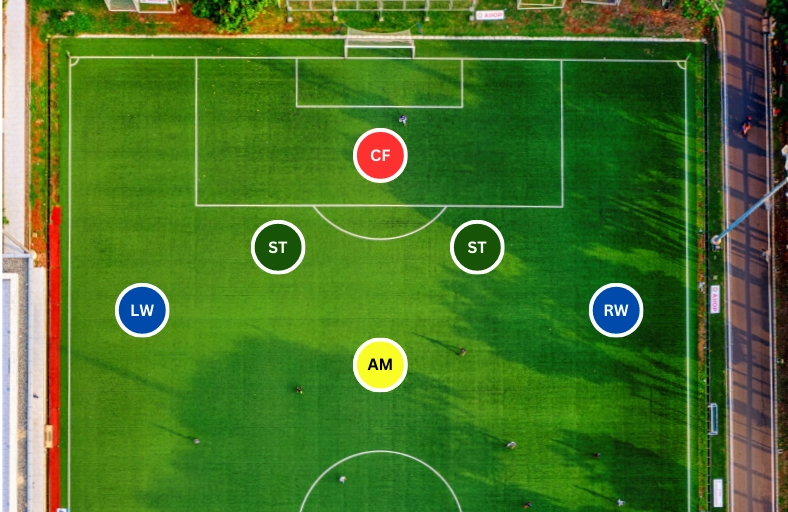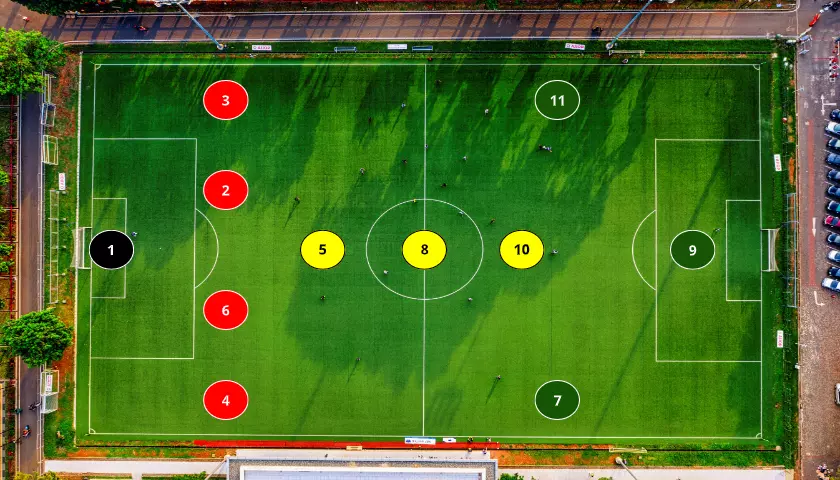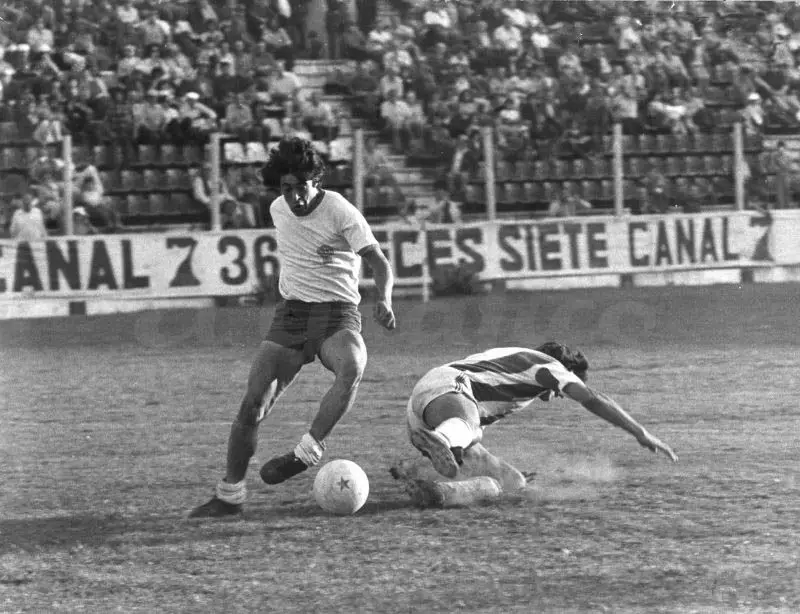5 Goalkeeper Attributes Every Keeper Must Have

Field players used to look down on goalkeepers, but not anymore. Goalkeepers are part of the backbone of any team and stars of the game in their own right. This post discusses five goalkeeper attributes that modern keepers share.
Size
In today’s politically correct world, saying that size matters may be controversial, but it is a fact. While it is not a crucial attribute in other positions in the field, it does matter at goal. A short goalkeeper is a risk factor in every corner kick or high ball into the box, while a tall goalkeeper is better at high balls and more effective at stopping direct shots. Their longer limbs and bodies cover more surfaces than a small goalkeeper.
Have a look at the height of some of the goalkeepers playing at big clubs: David De Gea (1.92m, Manchester United), Manuel Neuer (1.91m, Bayern Munich), Thibaut Courtois (1.99 m, Real Madrid), Franco Armani (1.9m, River Plate), Alisson Becker (1.91m, Liverpool) and so on. But, of course, we are talking about modern football. Years ago, clubs were more likely to have average height and even short goalkeepers (Jorge Campos and Rene Higuita are famous examples).
If you are a young goalkeeper looking for a career at the highest level (EPL, La Liga, etc.) and your parents are under 1.8m in height, try playing in other positions or be outstanding in the different attributes on this list. Carles Puyol is an example of a field player who couldn’t continue a career as a goalkeeper due to injuries. Over his career, Carles has demonstrated all the other attributes mentioned in this post.
It is difficult to find a goalkeeper in the Sunday League, let alone a tall one. Yet, having a big goalkeeper does make a massive difference. For example, our amateur team struggled to find tall goalkeepers. So we had a goalkeeper who was outstanding in many areas of his game, but he was under 1.7m tall. We suffered all season. One day, he ended up in hospital with a concussion after crashing with our centre-back (1.85m) and the opposition striker (also a big unit).
The video below from J4K confirms that size matters and provides sound advice for small goalkeepers.
Agility and quick reflexes
As much as goalkeeping has evolved, it’s still about keeping the ball out of the net. One of the most critical goalkeeper attributes is the ability to react in split seconds and contort your body to block shots from close range. This skill requires agility and quick reflexes.
When a goalkeeper saves an incredible shot or a deflection, it is often said that they have good reflexes. However, reflexes alone are not enough to stop the ball in these scenarios. Agility is also required. Let’s see the definitions of both terms. A reflex is “an action performed without conscious thought as an automatic response to a stimulus”. While agility is “the ability to move your body quickly and easily”. Therefore, a goalkeeper must work on these skills separately or use exercises combining both aspects.
Reacting to shots from a close distance is the most common way of training your reflexes. However, you can also train with tennis balls or ping-pong balls fired at you quickly. Or practice anywhere/anytime with a reaction ball (see our training solo post).
The best way to improve agility is to practice another sport that emphasises it. Martial arts such as Taekwondo are great for improving your speed and agility. For example, Taekwondo is a Korean martial art with a heavy emphasis on kicks, which can become very handy for deflecting balls with your legs. Science confirms it: “Taekwondo training improves the neuromotor excitability and reaction of large and small muscles”. Zlatan Ibrahimovic earned a black belt in Taekwondo at 17 while still practising both sports. While he is not a goalkeeper, his acrobatic goals prove that his martial arts background positively impacted his agility.
Other sports, like handball and indoor football, are also suitable for improving reflexes and agility. For example, Peter Schmeichel once said that he would never become the best in the world if he didn’t combine his football goalkeeping with handball goalkeeping.
Positioning
Although positioning may not feel that important for the role compared to other players, positioning is also a vital attribute of a goalkeeper. Positioning for a goalkeeper takes different dimensions. For example, they need to know where to stand in a corner kick, a possible shot to the goal or a penalty kick. However, like outfield players, goalkeepers must know where to position themselves during the game in relation to their teammates and opposition. The only difference with other players is that goalkeepers move in a confined space, and their position in the field does not change with tactics.
In modern football, a goalkeeper who stays under the upright most of the time is a disadvantage. A goalkeeper needs to be in the right place at the right time to provide options to the defence, intercept and kick away a deep pass to the opposition striker, etc. In summary, the goalkeeper is an additional defender. They also must read the game and predict the movements of the opposition team.
Goalkeepers have to move with the last line of defence. For example, if their team is high on the attack, there is no point in staying inside the box. It will leave a big gap between the defence and the goalie. If the opposition kicks away the ball behind the defence, their striker can pick up the ball and run to the goal at ease. But if the goalkeeper is closer to the defence, they can intercept the ball and kick it away. Or, at the very least, make the striker’s job more difficult and give the defence time to recover.
The video below showcases Manuel Neuer‘s skills with the ball at his feet and his role as a defender when needed. It is all about positioning.
Communication
The ability to communicate is an essential attribute for a goalkeeper. The goalkeeper is the only player who gets enough time to watch/read the game, unlike the rest of the team, who is busy focusing on the ball or their area of the field. For example, in a counterattack, a defender may focus on chasing their mark but unaware that a second player is running free behind them. While field players are meant to scan the field constantly, doing it at full speed is challenging. Therefore, the goalkeeper must help defenders identify threats.
Sometimes, teammates lose concentration for a split second. The goalkeeper has to wake them up quickly. For example, a defender is leaving onside a striker and needs to move one step forward. Another common scenario is a free kick close to the goal. Players often argue with the referee or an opposition player instead of organising the defence. A goalkeeper should not be shy about shouting at their teammates when needed.
Good and effective communication requires confidence. Goalkeepers must be commanding and demand respect. If a goalkeeper is not confident, they will not be trusted by the players around them. Conversely, a respected goalkeeper can lift the rest of the team through the way they handle themselves and communicate.
The video below from The Keeper Institute is a session on how goalkeepers should communicate. I highly recommend watching it.
Distribution
A great save is of little value if the ball returns straight back to the opposition. Modern goalkeepers must be precise with both their hands and feet. Their ability to take opponents out of the game by turning defence into attack is crucial.
There are many ways of distributing the ball. Ideally, goalkeepers should be equally good at passing the ball with their feet, kicking long balls, or executing long throws with their hands. But, depending on a team’s playing style, one skill will take priority over the others. For example, teams that attack by building up from the back need goalkeepers to play with their feet more often to start attacks. On the other hand, other teams may prefer an airborne game. In this scenario, a goalkeeper with a powerful volley-kick is preferred.
Do not underestimate the importance of the overarm throw. Throwing the ball can be one of the most efficient ways of accurately bypassing multiple opponents. For example, Manuel Neuer used the overarm throw more than most keepers. His technique is rarely seen, but it allowed him to set counter-attacks up quickly.
The video below showcases a variety of distribution techniques used during professional games.
There are plenty more goalkeeper attributes to look for, but the above are good to start. Goalkeepers who combine these skills make champions of otherwise average teams.



